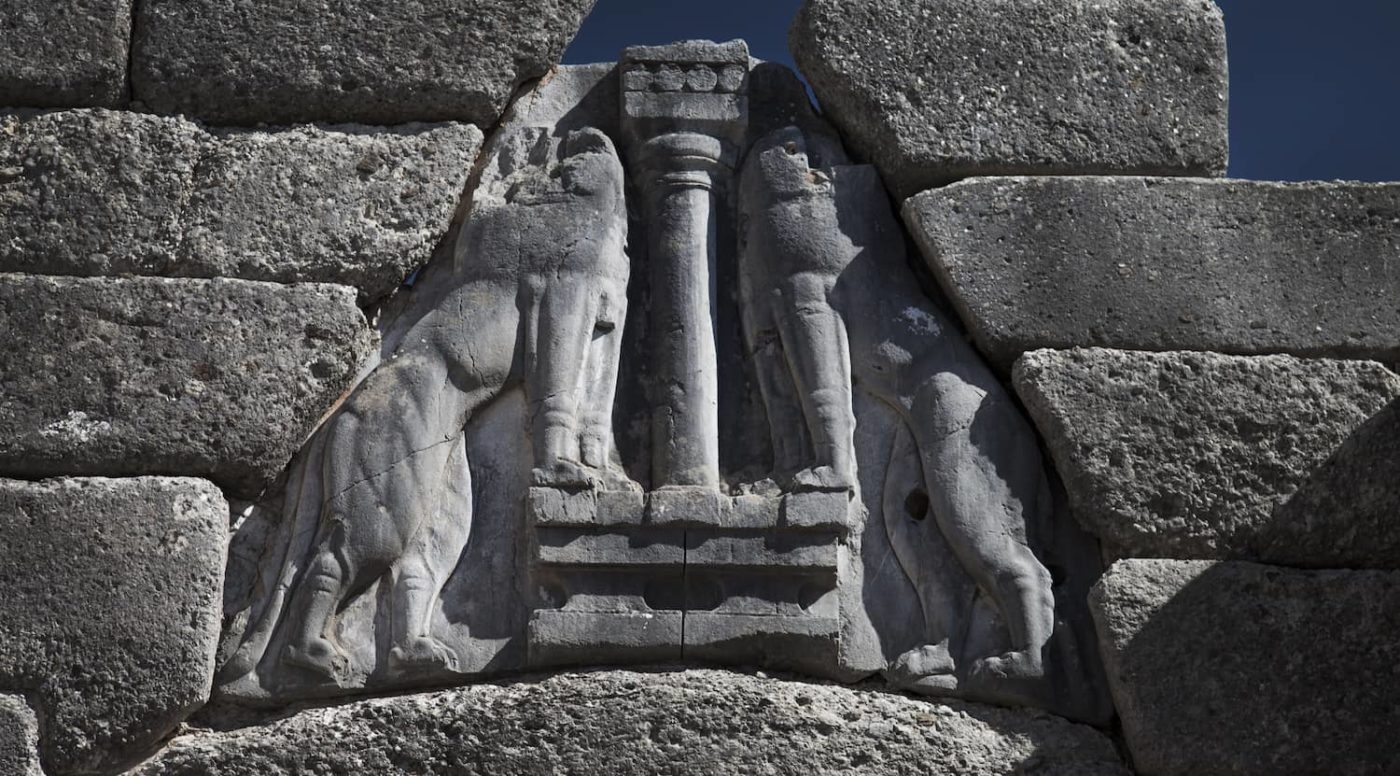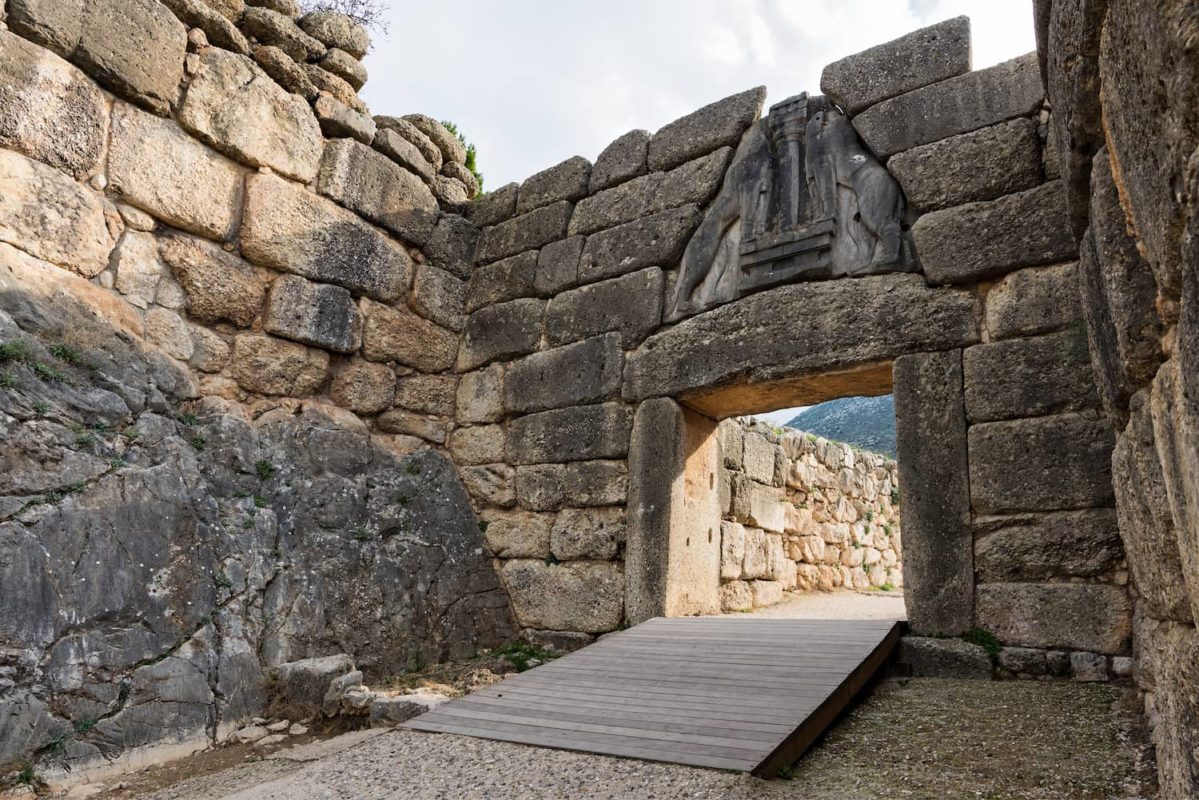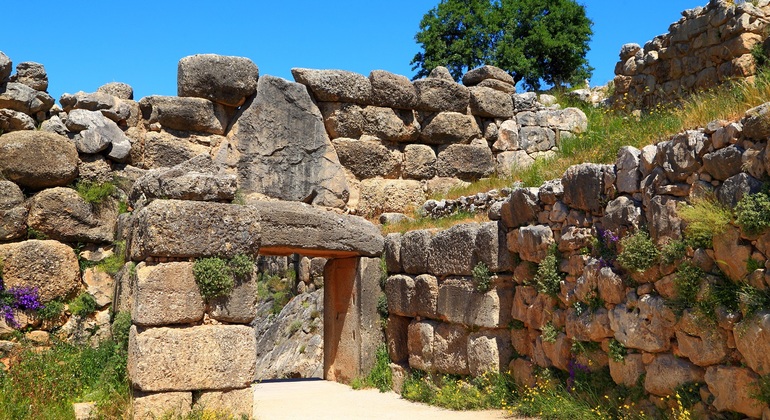Introduction to the Lions’ Gate
Step into the heart of Jerusalem’s Old City through the iconic Lions’ Gate. This historical gateway, adorned with a unique pair of carved stone lions, has become a powerful symbol of Jerusalem’s enduring spirit and storied past. Located on the eastern side of the Old City walls, the gate is both an architectural masterpiece and an entryway into Jerusalem’s centuries-old heritage. Built in 1538 under the rule of Ottoman Sultan Suleiman the Magnificent, the Lions’ Gate was part of his extensive project to fortify Jerusalem, ensuring the city’s protection while adding to its majestic appeal.

Architectural Significance and Symbolism
The Lions’ Gate stands as a blend of function and artistry, featuring a pair of lions on its facade, which some believe represent strength and bravery, qualities that resonate with Jerusalem’s resilient character. The lions, however, are thought to actually be leopards, added at Suleiman’s command as symbols of his authority and connection to Jerusalem. Beyond their symbolic meaning, these stone figures lend the gate its distinctive name and provide a visual representation of the strength associated with the city.
Constructed with Jerusalem stone, the gate displays Ottoman architecture, combining aesthetics with durability, a necessity for city defenses. The gate’s sturdy arches and intricately carved panels reflect both the architectural style of the Ottoman period and Jerusalem’s significance as a center of culture, religion, and history.
Gateway to Sacred Sites and the Muslim Quarter
As visitors pass through the Lions’ Gate, they enter the vibrant Muslim Quarter of the Old City. This area holds some of Jerusalem’s most important religious landmarks, including the Dome of the Rock and Al-Aqsa Mosque. The Dome of the Rock, with its striking golden dome, is one of the oldest and most revered Islamic structures, embodying Jerusalem’s religious significance to the Islamic faith. Similarly, Al-Aqsa Mosque, an essential place of worship, draws visitors from around the world.

The gate also provides a pathway into the heart of Jerusalem’s cultural heritage, where ancient alleyways, bustling markets, and centuries-old buildings surround visitors. This mix of sacred and everyday life is a testament to Jerusalem’s unique ability to blend the ancient with the present.
Lions’ Gate in Modern History
The Lions’ Gate holds a prominent place in modern history as well. During the Six-Day War in 1967, Israeli paratroopers entered the Old City through this gate, marking a pivotal moment. After almost 2,000 years, Israeli forces gained control of the Old City, making the Lions’ Gate a symbol of profound historical and emotional significance for Jerusalem’s residents and visitors alike. This event has cemented the gate’s reputation as a reminder of Jerusalem’s resilience amidst conflict and change.

The Lions’ Gate: A Symbol of Unity and Heritage
Today, the Lions’ Gate is more than just an entryway; it is a representation of Jerusalem’s layered history, one that has seen empires rise and fall, cultures converge, and diverse communities coalesce. This enduring gate has become a unifying symbol, inviting people of all backgrounds to step into Jerusalem’s cultural tapestry. The Lions’ Gate stands as a bridge between Jerusalem’s past and present, linking its historical identity to a city that continues to thrive and evolve.

Experience the Living History of Jerusalem
Walking through the Lions’ Gate is akin to entering a living museum. Visitors are surrounded by centuries of architecture, culture, and stories, all waiting to be discovered. Each step offers a glimpse into Jerusalem’s multifaceted history, inviting travelers to experience the blend of ancient tradition and contemporary vibrance that defines the Old City.
Conclusion
The Lions’ Gate is not just a historical landmark; it is a gateway into the essence of Jerusalem. Whether it’s the architectural beauty, religious significance, or historical depth, the Lions’ Gate offers a unique journey through the ages. As you pass through its arches, you are walking into a space where time seems to stand still, surrounded by the echoes of countless generations who have shaped the story of Jerusalem.

